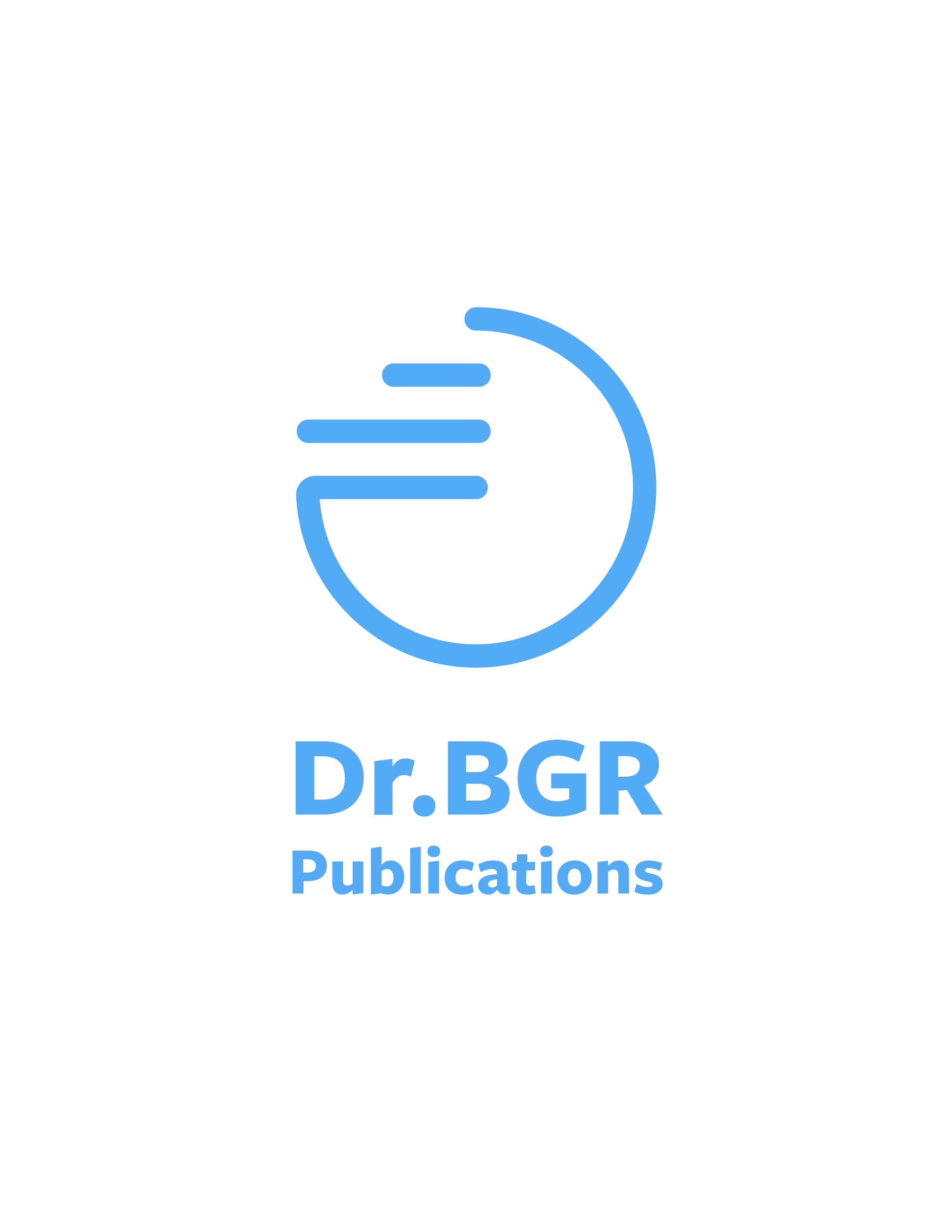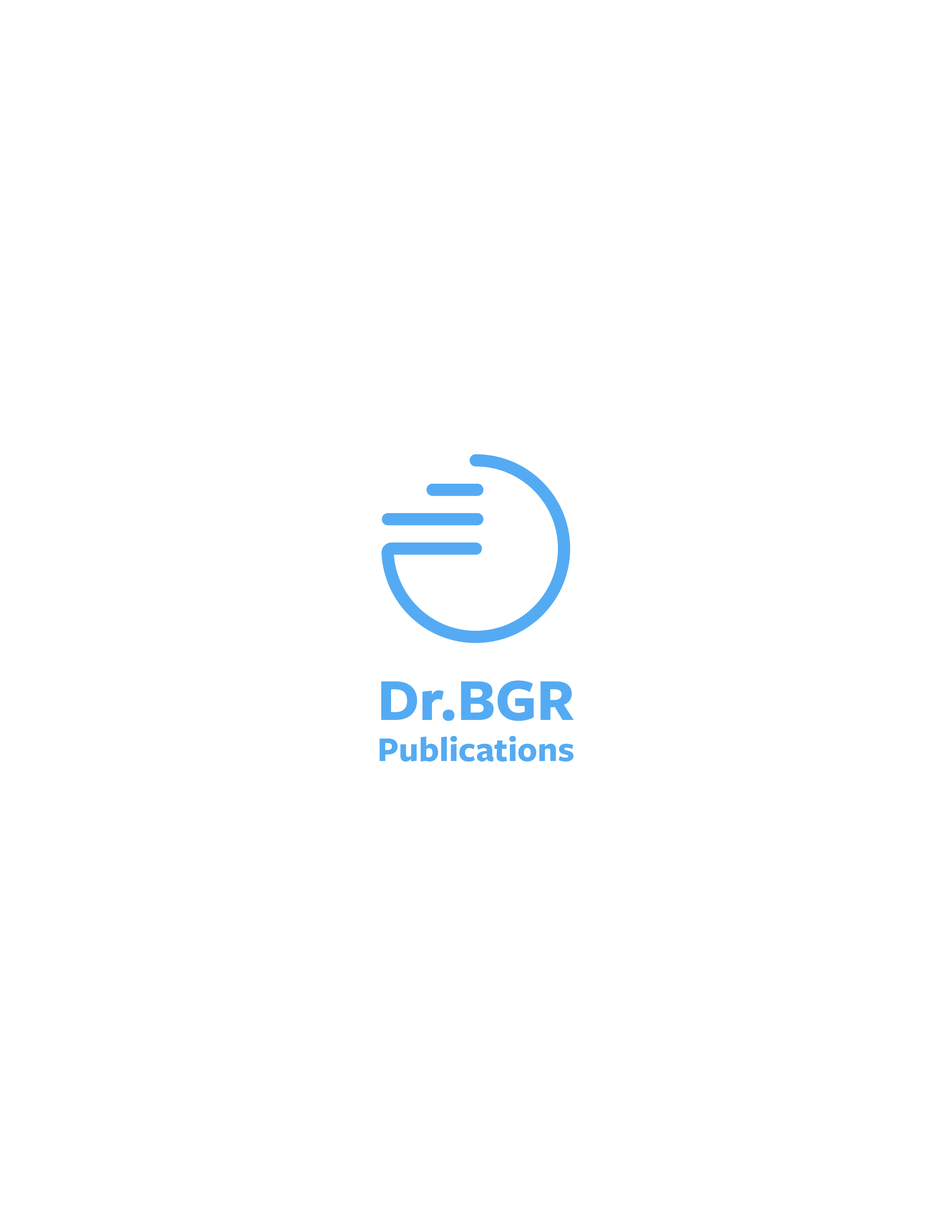Green Fabrication of Magnesium Nanoparticles via Emblica officinalis Extract: A Promising Route for Heavy Metal Remediation
Authors
Ramalakshmi et al.,
Keywords
Cadmium | Green synthesis
Publication Details
Vol: 11; Iss. 7; Jul 25 | ISSN: 2454-5422
Abstract
This study explores the green synthesis of magnesium nanoparticles (Mg NPs) using Emblica officinalis extract and their application in heavy metal degradation. UV-Visible spectroscopy confirmed the successful synthesis of Mg NPs, evidenced by a characteristic surface plasmon resonance (SPR) peak at 301.87 nm, indicating the presence of well-formed nanoparticles. The absorption intensity peak at approximately 1.8 AU suggests a high concentration of Mg NPs, with a broad peak reflecting a polydisperse size distribution. The particle size, estimated using Mie theory, ranged from 20 to 50 nm. Additionally, the Mg NPs demonstrated significant catalytic activity in the degradation of cadmium chloride (CdCl₂), as observed from the reduction in absorption intensity at 245.9 nm over time. The most rapid degradation occurred within the first 30 minutes, while the process slowed after 60 minutes, ultimately leading to substantial metal ion removal after 24 hours. The catalytic efficiency is attributed to the high surface area of the Mg NPs, promoting interaction with metal ions. The use of plant-based synthesis offers an eco-friendly alternative, highlighting the potential of Mg NPs in environmental remediation, particularly in heavy metal removal. Further studies utilizing advanced characterization techniques are recommended to better understand the structural and catalytic properties of the synthesized nanoparticles.
Corresponding Author
Dr. M.Sivakavinesan, Assistant Professor, Department of Chemistry, GVN College, Kovilpatti, College in Palaya Appaneri, Tamilnadu, India


